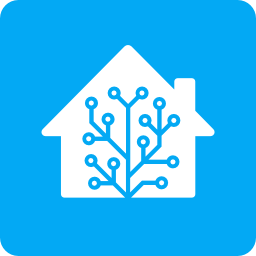

git commit, git push, git out
I run horwood.cloud
Could you help fund my server 👉 Fund me


git commit, git push, git out


I have code on my site that returns ASCII are, only if you curl it.
At work my site had used as a working test
curl horwood.biz


thats cool, but it doesnt give you ascii are when you curl the site


I run swarm in my homelab and have done for years, traefik runs on my manager and uses the docker swarm networks to get to services.
My traefik compose makes all the service networks, then each service compose has an external network that all the containers connect to.
This is my example config, this might help - https://github.com/mhzawadi/docker-stash/tree/master/swarm


Also learn to search man pages, you might get a wall of text. But a search will jump you to what your looking for
man is just less


You don’t need to pipe in to grep, use a / to search it.
Man ps
/user enter
Then use n to find the next instance of the search


you could use shell scripts, but that might get very complex very quick, thats where ansible comes in. you make a playbook with the tasks to get a server from vanilla OS to how you want it.
tasks can do anything from install a package (with yum or apt or dnf) to uploading files and everything else you might need, the docs are quite good and have good examples.
As a user for about 9 years, both homelab and work. It can be overwhelming at first, but then you start to see why its used so much.


it looks like a unix system enough that I can run most of my shell scripts, Windows on the other hand can get in the bin please


Looking at the docs, I think the current docker desktop is native arm. QEMU is now deprecated


I see, I don’t use docker all that much on my works Mac. So haven’t noticed the speed.
Also is it the storage share that’s slow? As docker desktop is a VM


Why do you need WSL?
MacOS is BSD, so you can do most Linux things with an issue. But some of the BSD tools have different options the the GNU tools.
We moved to Mac years ago and it makes doing almost everything I do a simples


I don’t like touch buttons, how do I watch the road and change the fan?


We use both lynis and wazuh, wazuh is getting replaced with logpoint and Aws inspector.
I now need to check we pickup the lynis log


I have been using OVH for years now, both VPS and dedicated hosts. The VPS offerings are all unmetered!


I have started posting random images to the random accounts the message me


Wait, you guys measure tables?
I just eat off them


Yeah, should be


15 is right in the middle of both WiFi 1 and 6, maybe not the best channel for ZigBee.
Check out this page https://www.metageek.com/training/resources/zigbee-wifi-coexistence/


Yes would agree, more mains powered devices can help with network range
They voted him in, they get the clown